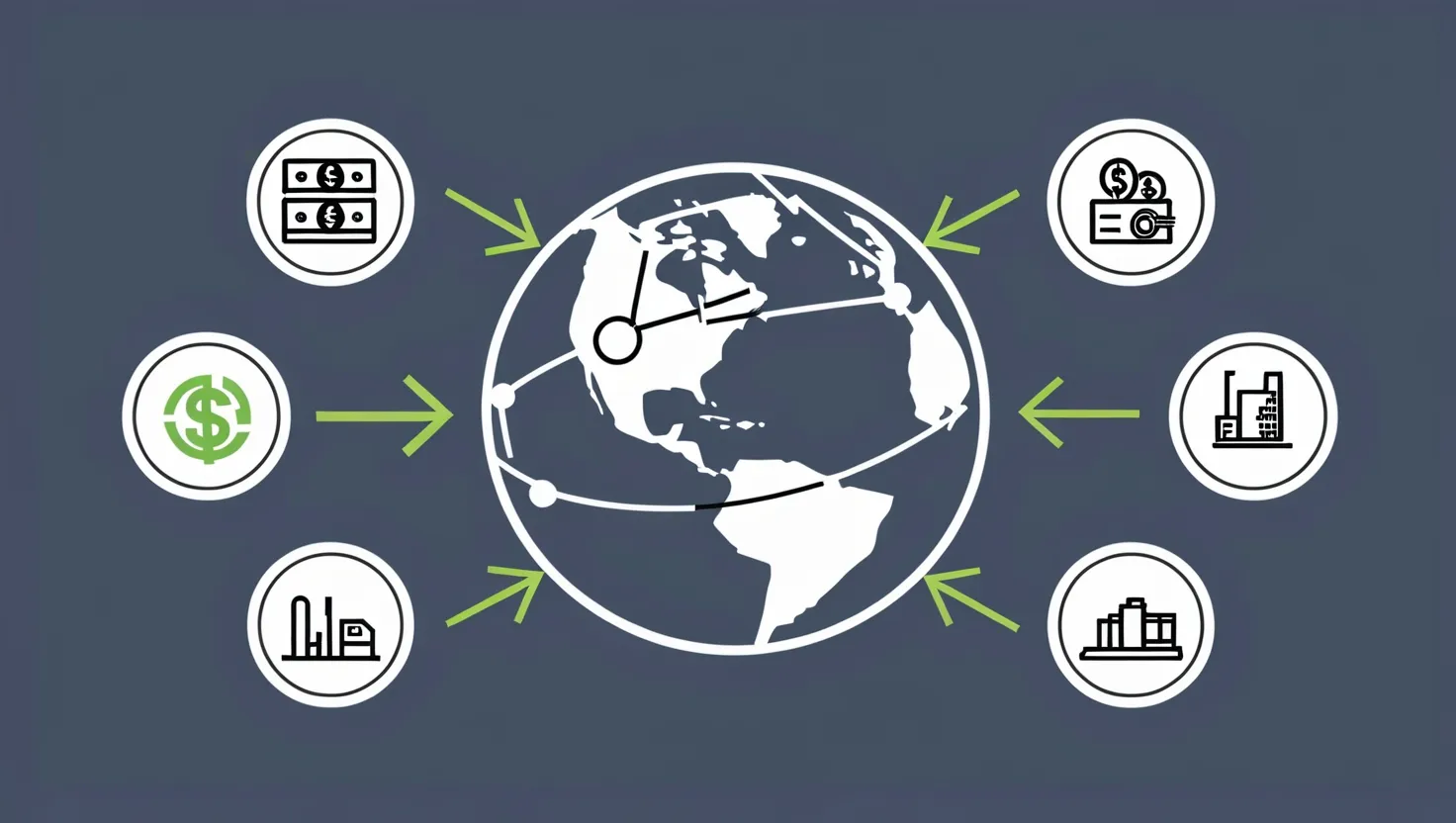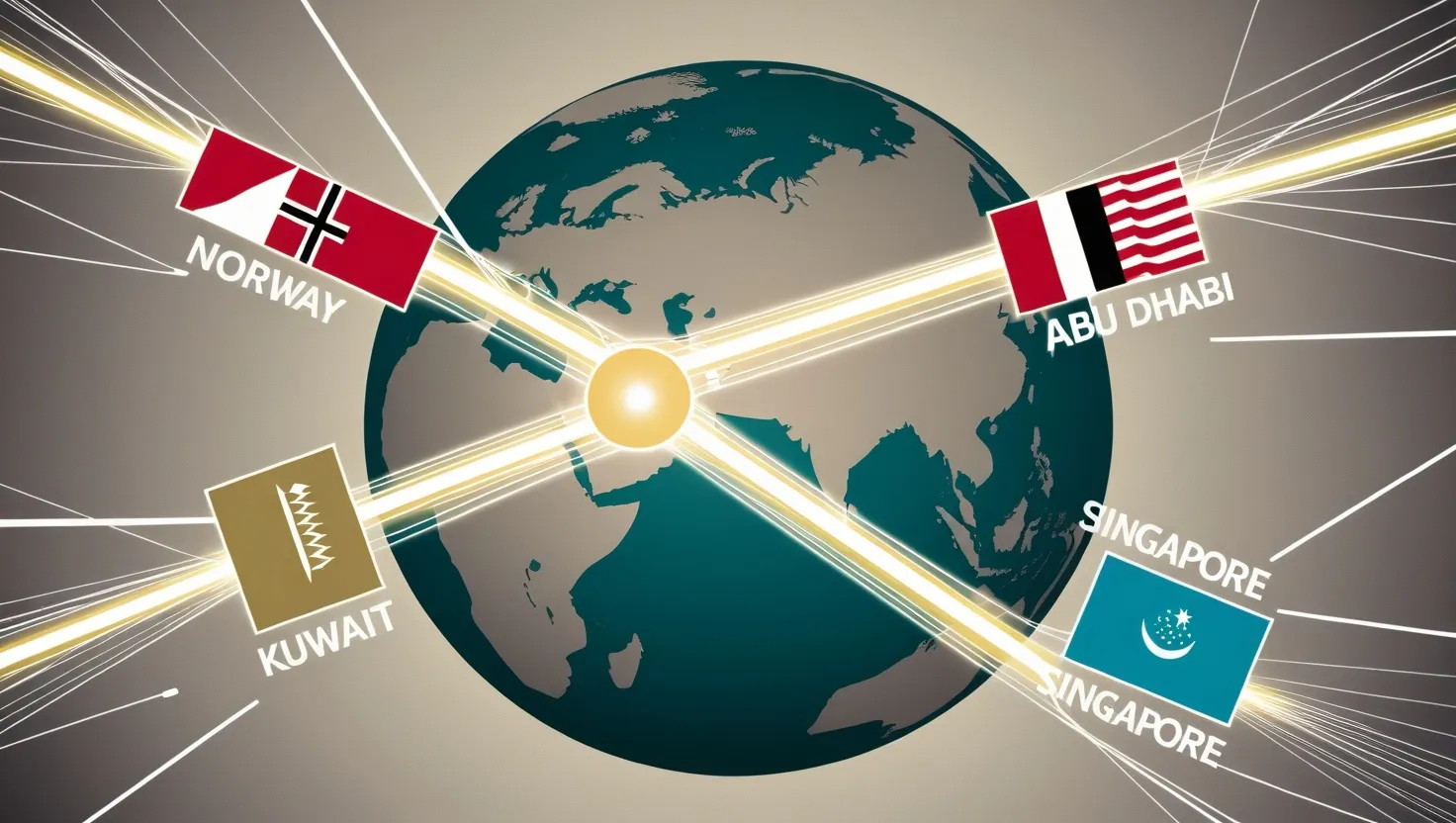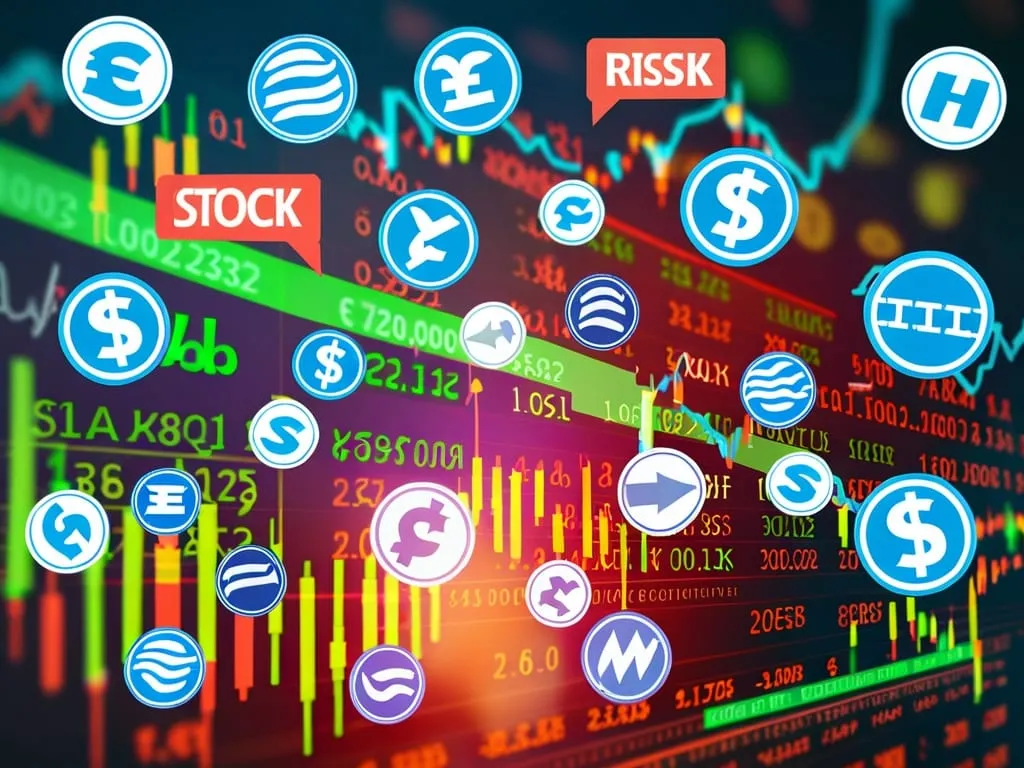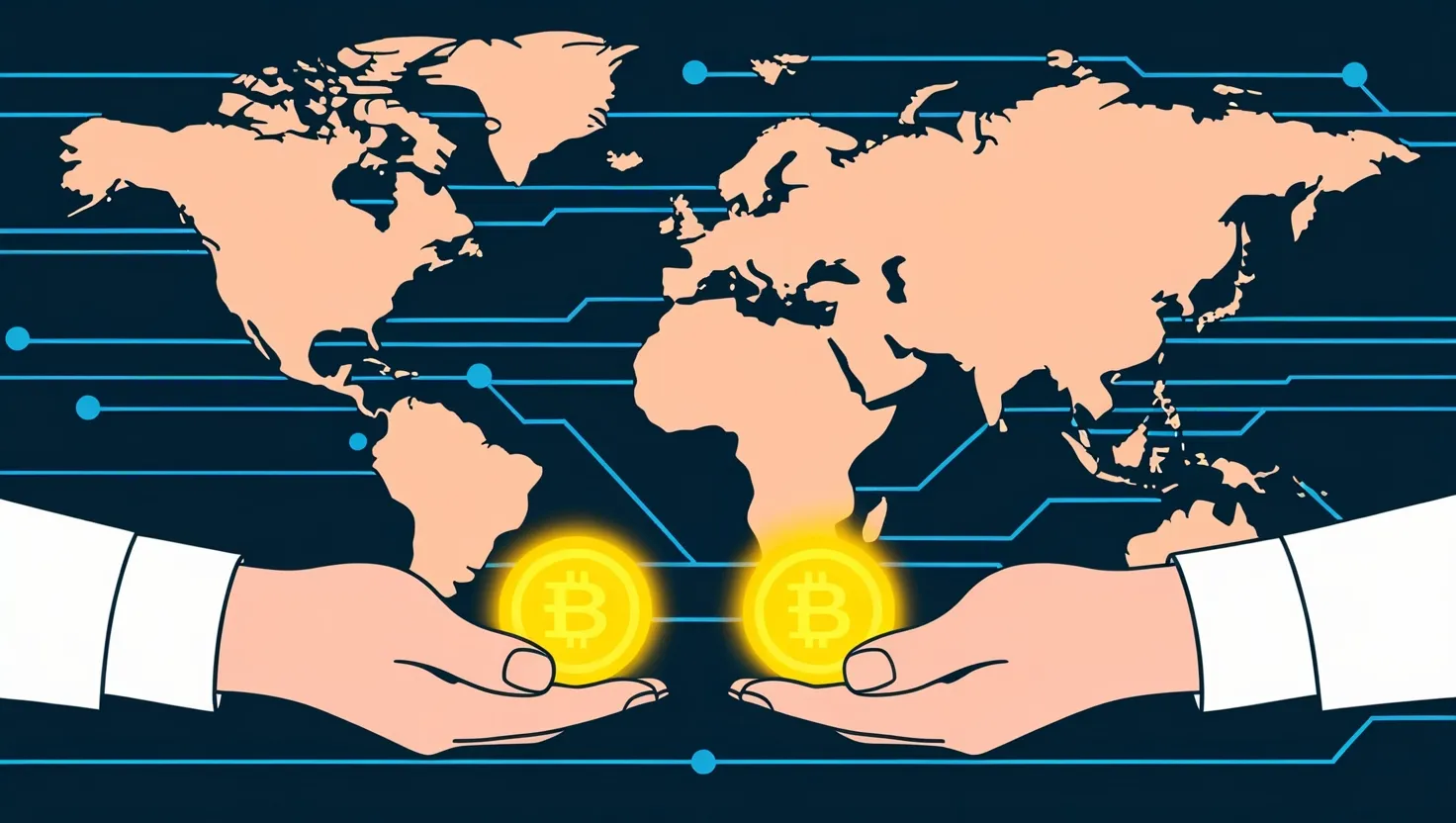Imagine a world where money isn’t something you hold in your hand, but something you carry in your phone. Not just a balance in a bank app, but actual digital cash, issued by your government, just like paper bills—but faster, cheaper, and easier to use. That’s not science fiction. It’s happening right now, in countries all over the world. Governments are quietly building new kinds of money, and these digital currencies are starting to change how we pay, how banks work, and even how governments manage their economies.
Let’s talk about what’s really going on behind the scenes. Most people hear “digital currency” and think of Bitcoin or Ethereum—those wild, unpredictable coins that shoot up and crash down. But what’s happening now is different. This isn’t about speculation or tech geeks betting on the next big thing. This is about central banks, the same institutions that print physical money, stepping in and saying: “We’re going digital too.” And they’re not just testing the idea—they’re rolling it out, right now, in real countries, with real people using it every day.
Take China, for example. They’ve launched something called the Digital Yuan. It’s not just an app or a payment tool. It’s actual digital cash, backed by the Chinese government. You can use it to buy groceries, pay for a taxi, or send money to a friend—just like cash, but without needing a bank account. The government is pushing this hard, expanding pilot programs across cities, and encouraging people to use it instead of paper money. Why? Because it’s easier to track, easier to control, and it gives the state a much clearer picture of how money moves in the economy. But here’s a question: if your government can see every transaction you make, is that a good thing or a scary thing?
Now, let’s jump to Europe. The European Central Bank is working on something called the Digital Euro. It’s still in the testing phase, but the idea is simple: create a digital version of the euro that anyone can use, just like cash. The motivation here is different from China’s. Europe isn’t trying to replace cash so much as protect its own currency from being overtaken by private cryptocurrencies or foreign digital money. If people start using Bitcoin or stablecoins for everyday payments, the euro could lose its grip. So the Digital Euro is a way to keep control, to make sure the euro stays relevant in a world where money is going digital.
But it’s not just big economies making moves. Nigeria has launched its own digital currency, called the eNaira. And here’s where things get really interesting. Nigeria isn’t trying to replace cash for the sake of control. They’re trying to bring millions of people into the financial system who’ve never had a bank account before. In rural areas, where banks are scarce and cash is king, the eNaira lets people send and receive money using just a mobile phone. No bank branch needed. No paperwork. Just a simple app, and suddenly, someone in a remote village can pay for school fees, buy supplies, or receive money from a relative abroad. This isn’t just about convenience—it’s about inclusion. But how do you make sure people trust a digital currency when they’ve never trusted banks before?
Then there’s the Bahamas. They’ve rolled out something called the Sand Dollar, and it’s the first nationwide digital currency in the world. The Bahamas is made up of hundreds of islands, scattered across the ocean. Getting cash from one island to another is a hassle. Banks are hard to reach. The Sand Dollar fixes that. Now, people can pay for goods and services digitally, no matter where they are. It’s not just about speed or convenience—it’s about making money work in places where traditional banking just doesn’t fit. Imagine living on a small island, and being able to pay for your groceries with your phone, without having to wait for a boat to bring cash from the mainland. That’s the kind of change we’re talking about.
And it’s not just individual countries. There’s a bigger picture emerging. The Bank for International Settlements (BIS) is running projects that connect different central bank digital currencies. Think of it like a digital bridge between countries. If you’re in China and want to send money to someone in Europe, you don’t need to go through banks or payment networks. You could send digital yuan directly, and it would convert into digital euro instantly. No delays, no fees, no middlemen. This could make international trade and remittances faster and cheaper than ever before. But here’s a question: if money can move so easily across borders, what happens to national control over currency? What happens to exchange rates? What happens to the power of central banks?
These digital currencies aren’t just about making payments faster or cheaper. They’re about rethinking what money is and how it works. For centuries, money was physical—coins, paper bills, gold. Then came electronic banking, where money became numbers in a database. Now, we’re moving to a world where money is digital, but not just in the sense of a bank balance. It’s actual digital cash, issued by governments, that you can use just like physical money. And that changes everything.
One of the most surprising things about these digital currencies is how much control they give to governments. With traditional cash, once you hand it over, it’s gone. No one knows where it goes next. With digital currencies, every transaction can be tracked. Every payment leaves a digital footprint. That makes it easier to fight crime, stop money laundering, and collect taxes. But it also means governments can see exactly how you spend your money. Is that a good thing? Or does it make you uncomfortable?
Another thing to think about is privacy. With regular bank accounts, your transactions are private—only the bank and you know what’s going on. With digital currencies, that privacy could disappear. Every payment could be visible to the government. And if the government decides to freeze your account or block certain transactions, there’s not much you can do. That’s a big shift from the way money has worked for generations.
But it’s not all about control and surveillance. Digital currencies can also make life easier for millions of people. In countries where banks are hard to reach, where people don’t have ID or credit history, digital money can open doors. It can let people save, spend, and send money without needing a bank account. It can help small businesses grow, let families support each other, and give people more control over their finances. That’s a powerful thing.
And let’s not forget the impact on traditional banks. If everyone starts using digital currencies issued by central banks, what happens to commercial banks? Will people still need bank accounts? Will banks still be able to lend money and make profits? These are big questions, and no one knows the answers yet. But one thing is clear: the banking system as we know it could change in ways we can’t even imagine.
Here’s something most people don’t think about: digital currencies could also help governments manage their economies better. Right now, when a government wants to stimulate the economy, it cuts interest rates or prints more money. But with digital currencies, they could do things like send money directly to people’s digital wallets, or set expiration dates on digital cash to encourage spending. That’s a level of control that’s never been possible before. But is that a good thing? Or does it give governments too much power?
And what about the future of cash? Will physical money disappear? Maybe not completely, but it’s likely to become less important. As more people use digital currencies, cash could become a relic, something only used in special cases. That could be good for efficiency, but it could also leave some people behind—those who don’t have smartphones, or who don’t trust digital money.
So, what does all this mean for you? If you live in a country that’s launching a digital currency, you might soon be able to pay for things with your phone, without needing a bank account. You might be able to send money to family members instantly, without paying high fees. But you might also find that your government can see every transaction you make. You might lose some privacy, but gain convenience and access.
Here’s a quote from a famous economist: “Money is not just a tool for exchange. It’s a reflection of power, trust, and society.” Think about that. What does it mean when money becomes digital, when it’s controlled by governments, when every transaction is visible? What does it say about the kind of society we want to live in?
And here’s another question: if digital currencies become the norm, what happens to Bitcoin and other cryptocurrencies? Will they fade away, or will they find a new role in a world where governments issue their own digital money? Will they become tools for privacy, or will they be pushed to the margins?
The truth is, we’re in the middle of a quiet revolution. Governments are building new kinds of money, and these digital currencies are starting to reshape how we pay, how banks work, and how economies are managed. It’s not flashy or dramatic, but it’s happening, and it’s going to affect all of us. So, what do you think? Are you ready for a world where money is digital, where every transaction is tracked, and where governments have more control than ever before? Or do you prefer the old way, where cash was king and privacy was guaranteed?






